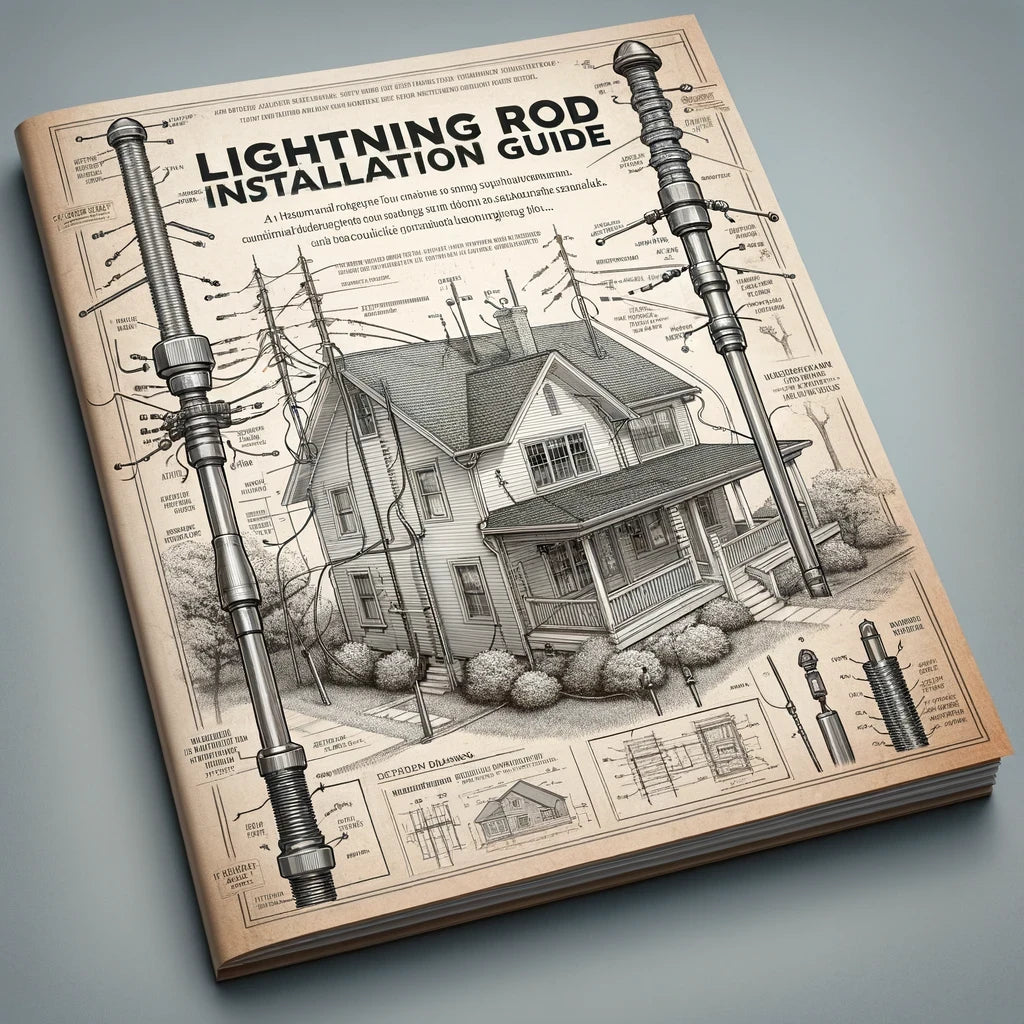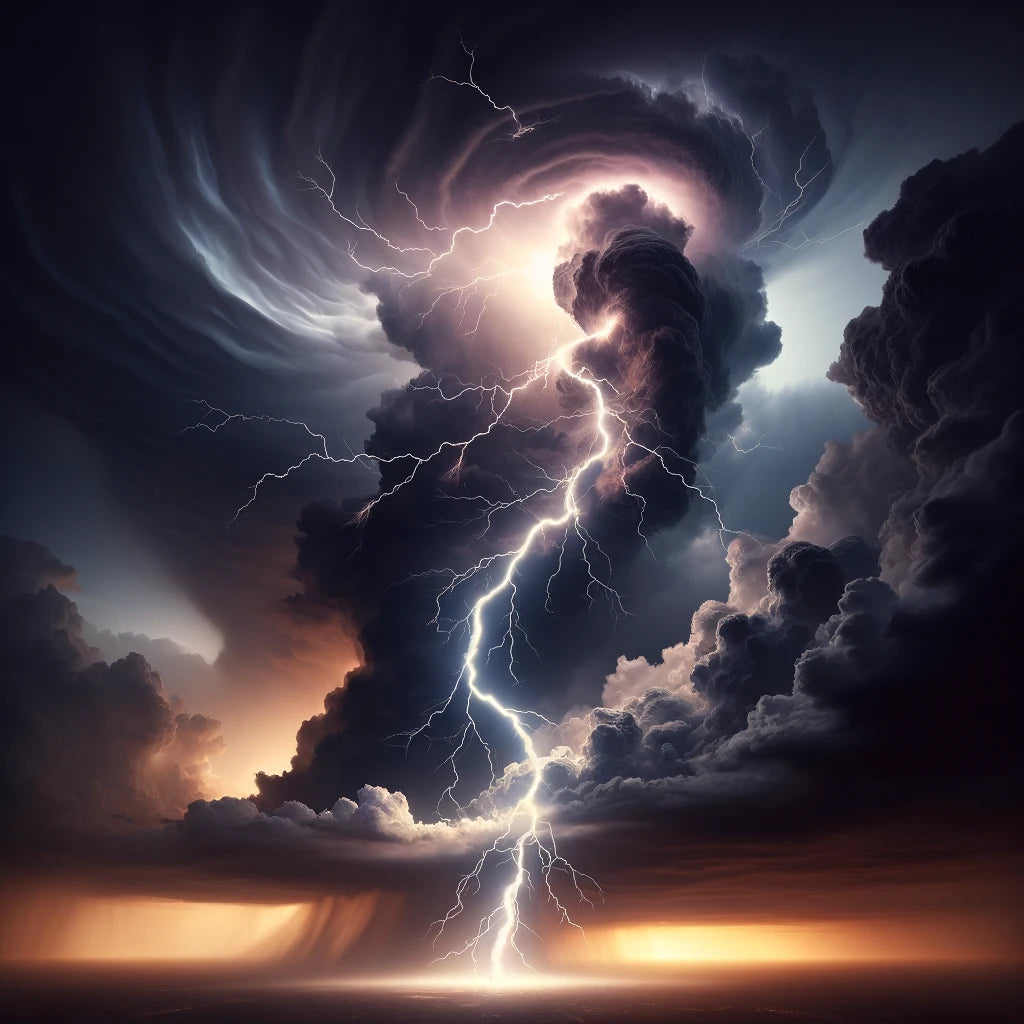The information on the website and the organization of the gear - very helpful.
Delivered as ordered on time. Thank you!
Barn- Corrugated metal metal roofing and sides.
Everything went well.
items seem to be well made and easy to install
Reading the installation guide really helped



